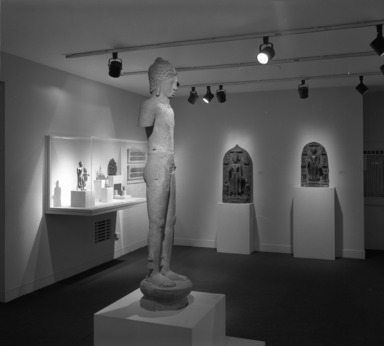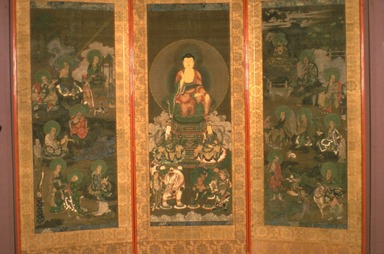

Light of Asia: Buddha Sakyamuni in Asian Art, November 1, 1984 through February 10, 1985 (Image: ASI_E1984i001.jpg Brooklyn Museum photograph, 1984)
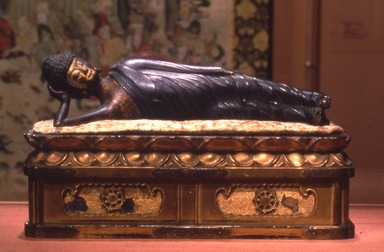
Light of Asia: Buddha Sakyamuni in Asian Art, November 1, 1984 through February 10, 1985 (Image: ASI_E1984i002.jpg Brooklyn Museum photograph, 1984)

Light of Asia: Buddha Sakyamuni in Asian Art, November 1, 1984 through February 10, 1985 (Image: ASI_E1984i003.jpg Brooklyn Museum photograph, 1984)

Light of Asia: Buddha Sakyamuni in Asian Art, November 1, 1984 through February 10, 1985 (Image: ASI_E1984i004.jpg Brooklyn Museum photograph, 1984)

Light of Asia: Buddha Sakyamuni in Asian Art, November 1, 1984 through February 10, 1985 (Image: ASI_E1984i005.jpg Brooklyn Museum photograph, 1984)
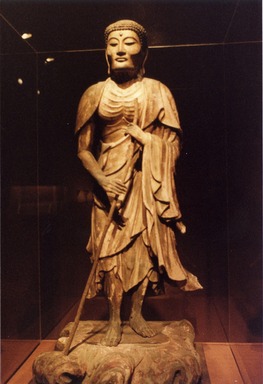
Light of Asia: Buddha Sakyamuni in Asian Art, November 1, 1984 through February 10, 1985 (Image: ASI_E1984i006.jpg Brooklyn Museum photograph, 1984)
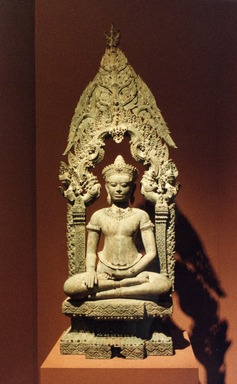
Light of Asia: Buddha Sakyamuni in Asian Art, November 1, 1984 through February 10, 1985 (Image: ASI_E1984i007.jpg Brooklyn Museum photograph, 1984)
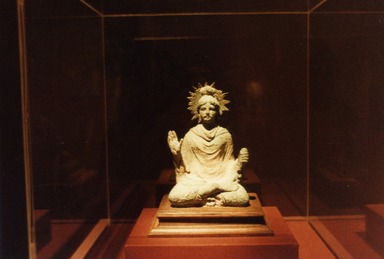
Light of Asia: Buddha Sakyamuni in Asian Art, November 1, 1984 through February 10, 1985 (Image: ASI_E1984i008.jpg Brooklyn Museum photograph, 1984)

Light of Asia: Buddha Sakyamuni in Asian Art, November 1, 1984 through February 10, 1985 (Image: ASI_E1984i009.jpg Brooklyn Museum photograph, 1984)
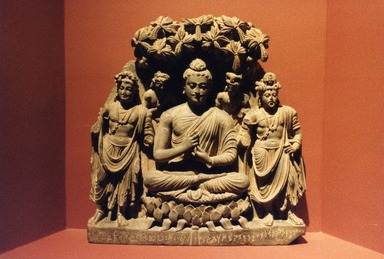
Light of Asia: Buddha Sakyamuni in Asian Art, November 1, 1984 through February 10, 1985 (Image: ASI_E1984i010.jpg Brooklyn Museum photograph, 1984)

Light of Asia: Buddha Sakyamuni in Asian Art, November 1, 1984 through February 10, 1985 (Image: ASI_E1984i011.jpg Brooklyn Museum photograph, 1984)

Light of Asia: Buddha Sakyamuni in Asian Art, November 1, 1984 through February 10, 1985 (Image: ASI_E1984i012.jpg Brooklyn Museum photograph, 1984)

Light of Asia: Buddha Sakyamuni in Asian Art, November 1, 1984 through February 10, 1985 (Image: ASI_E1984i013.jpg Brooklyn Museum photograph, 1984)
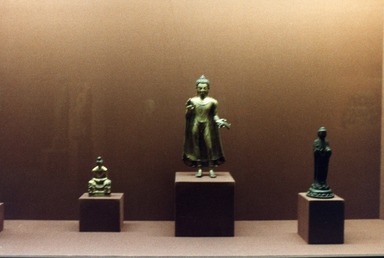
Light of Asia: Buddha Sakyamuni in Asian Art, November 1, 1984 through February 10, 1985 (Image: ASI_E1984i014.jpg Brooklyn Museum photograph, 1984)
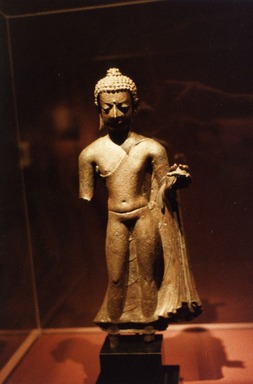
Light of Asia: Buddha Sakyamuni in Asian Art, November 1, 1984 through February 10, 1985 (Image: ASI_E1984i015.jpg Brooklyn Museum photograph, 1984)
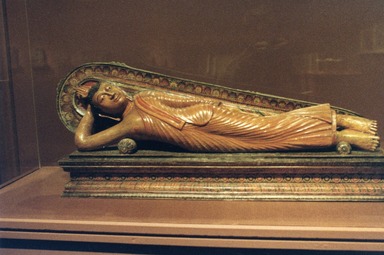
Light of Asia: Buddha Sakyamuni in Asian Art, November 1, 1984 through February 10, 1985 (Image: ASI_E1984i016.jpg Brooklyn Museum photograph, 1984)
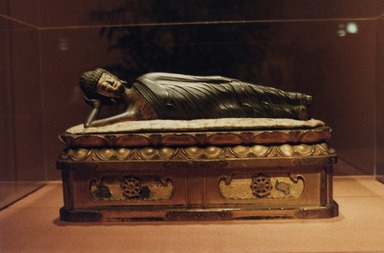
Light of Asia: Buddha Sakyamuni in Asian Art, November 1, 1984 through February 10, 1985 (Image: ASI_E1984i017.jpg Brooklyn Museum photograph, 1984)
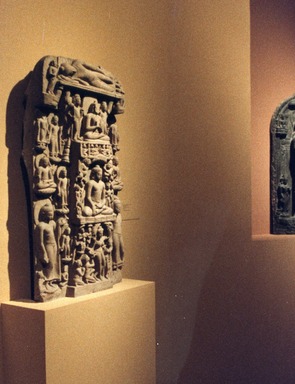
Light of Asia: Buddha Sakyamuni in Asian Art, November 1, 1984 through February 10, 1985 (Image: ASI_E1984i018.jpg Brooklyn Museum photograph, 1984)
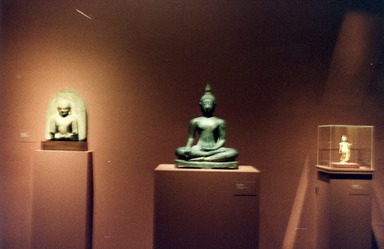
Light of Asia: Buddha Sakyamuni in Asian Art, November 1, 1984 through February 10, 1985 (Image: ASI_E1984i019.jpg Brooklyn Museum photograph, 1984)

Light of Asia: Buddha Sakyamuni in Asian Art, November 1, 1984 through February 10, 1985 (Image: ASI_E1984i020.jpg Brooklyn Museum photograph, 1984)
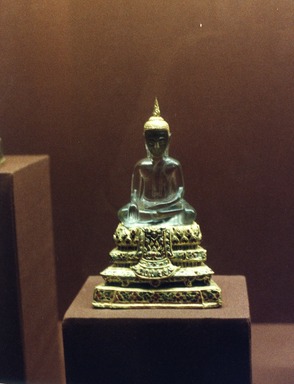
Light of Asia: Buddha Sakyamuni in Asian Art, November 1, 1984 through February 10, 1985 (Image: ASI_E1984i021.jpg Brooklyn Museum photograph, 1984)
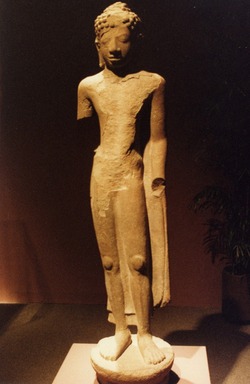
Light of Asia: Buddha Sakyamuni in Asian Art, November 1, 1984 through February 10, 1985 (Image: ASI_E1984i022.jpg Brooklyn Museum photograph, 1984)
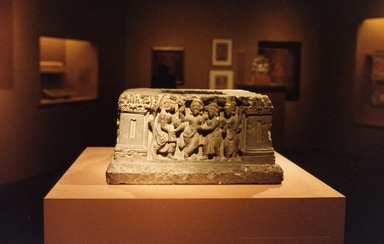
Light of Asia: Buddha Sakyamuni in Asian Art, November 1, 1984 through February 10, 1985 (Image: ASI_E1984i023.jpg Brooklyn Museum photograph, 1984)

Light of Asia: Buddha Sakyamuni in Asian Art, November 1, 1984 through February 10, 1985 (Image: ASI_E1984i024.jpg Brooklyn Museum photograph, 1984)
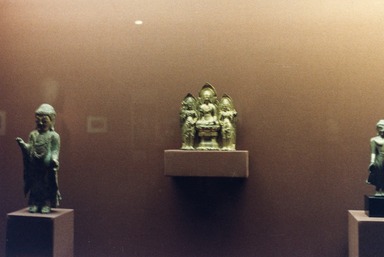
Light of Asia: Buddha Sakyamuni in Asian Art, November 1, 1984 through February 10, 1985 (Image: ASI_E1984i025.jpg Brooklyn Museum photograph, 1984)

Light of Asia: Buddha Sakyamuni in Asian Art, November 1, 1984 through February 10, 1985 (Image: ASI_E1984i026.jpg Brooklyn Museum photograph, 1984)

Light of Asia: Buddha Sakyamuni in Asian Art, November 1, 1984 through February 10, 1985 (Image: ASI_E1984i027.jpg Brooklyn Museum photograph, 1984)

Light of Asia: Buddha Sakyamuni in Asian Art, November 1, 1984 through February 10, 1985 (Image: ASI_E1984i028.jpg Brooklyn Museum photograph, 1984)
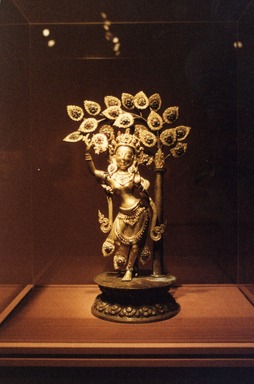
Light of Asia: Buddha Sakyamuni in Asian Art, November 1, 1984 through February 10, 1985 (Image: ASI_E1984i029.jpg Brooklyn Museum photograph, 1984)

Light of Asia: Buddha Sakyamuni in Asian Art, November 1, 1984 through February 10, 1985 (Image: ASI_E1984i030.jpg Brooklyn Museum photograph, 1984)

Light of Asia: Buddha Sakyamuni in Asian Art, November 1, 1984 through February 10, 1985 (Image: ASI_E1984i031.jpg Brooklyn Museum photograph, 1984)

Light of Asia: Buddha Sakyamuni in Asian Art, November 1, 1984 through February 10, 1985 (Image: ASI_E1984i032.jpg Brooklyn Museum photograph, 1984)

Light of Asia: Buddha Sakyamuni in Asian Art, November 1, 1984 through February 10, 1985 (Image: ASI_E1984i033.jpg Brooklyn Museum photograph, 1984)

Light of Asia: Buddha Sakyamuni in Asian Art, November 1, 1984 through February 10, 1985 (Image: ASI_E1984i034.jpg Brooklyn Museum photograph, 1984)

Light of Asia: Buddha Sakyamuni in Asian Art, November 1, 1984 through February 10, 1985 (Image: ASI_E1984i035.jpg Brooklyn Museum photograph, 1984)

Light of Asia: Buddha Sakyamuni in Asian Art, November 1, 1984 through February 10, 1985 (Image: ASI_E1984i036.jpg Brooklyn Museum photograph, 1984)
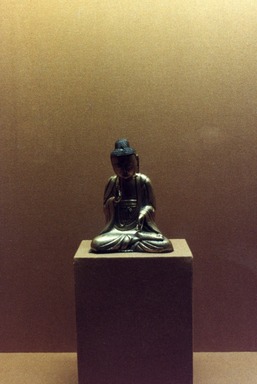
Light of Asia: Buddha Sakyamuni in Asian Art, November 1, 1984 through February 10, 1985 (Image: ASI_E1984i037.jpg Brooklyn Museum photograph, 1984)

Light of Asia: Buddha Sakyamuni in Asian Art, November 1, 1984 through February 10, 1985 (Image: ASI_E1984i038.jpg Brooklyn Museum photograph, 1984)
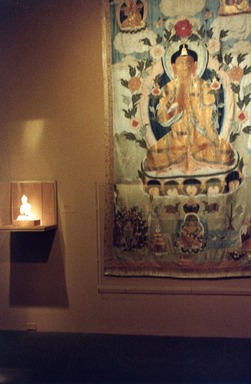
Light of Asia: Buddha Sakyamuni in Asian Art, November 1, 1984 through February 10, 1985 (Image: ASI_E1984i039.jpg Brooklyn Museum photograph, 1984)

Light of Asia: Buddha Sakyamuni in Asian Art, November 1, 1984 through February 10, 1985 (Image: ASI_E1984i040.jpg Brooklyn Museum photograph, 1984)
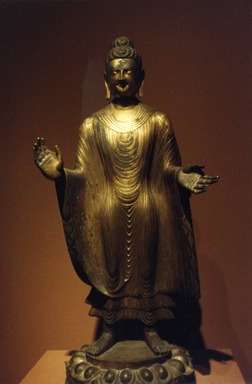
Light of Asia: Buddha Sakyamuni in Asian Art, November 1, 1984 through February 10, 1985 (Image: ASI_E1984i041.jpg Brooklyn Museum photograph, 1984)
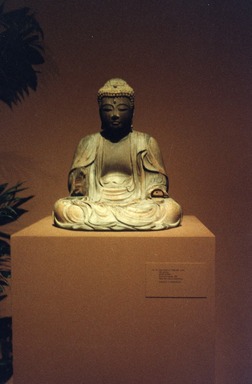
Light of Asia: Buddha Sakyamuni in Asian Art, November 1, 1984 through February 10, 1985 (Image: ASI_E1984i042.jpg Brooklyn Museum photograph, 1984)

Light of Asia: Buddha Sakyamuni in Asian Art, November 1, 1984 through February 10, 1985 (Image: ASI_E1984i043.jpg Brooklyn Museum photograph, 1984)

Light of Asia: Buddha Sakyamuni in Asian Art, November 1, 1984 through February 10, 1985 (Image: ASI_E1984i044.jpg Brooklyn Museum photograph, 1984)

Light of Asia: Buddha Sakyamuni in Asian Art, November 1, 1984 through February 10, 1985 (Image: ASI_E1984i045.jpg Brooklyn Museum photograph, 1984)

Light of Asia: Buddha Sakyamuni in Asian Art, November 1, 1984 through February 10, 1985 (Image: ASI_E1984i046.jpg Brooklyn Museum photograph, 1984)

Light of Asia: Buddha Sakyamuni in Asian Art, November 1, 1984 through February 10, 1985 (Image: ASI_E1984i047.jpg Brooklyn Museum photograph, 1984)

Light of Asia: Buddha Sakyamuni in Asian Art, November 1, 1984 through February 10, 1985 (Image: ASI_E1984i048.jpg Brooklyn Museum photograph, 1984)
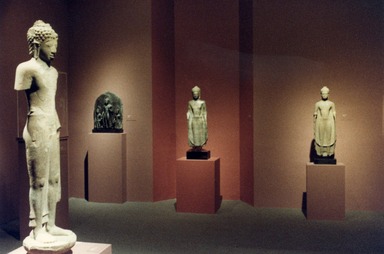
Light of Asia: Buddha Sakyamuni in Asian Art, November 1, 1984 through February 10, 1985 (Image: ASI_E1984i049.jpg Brooklyn Museum photograph, 1984)

Light of Asia: Buddha Sakyamuni in Asian Art, November 1, 1984 through February 10, 1985 (Image: ASI_E1984i050.jpg Brooklyn Museum photograph, 1984)

Light of Asia: Buddha Sakyamuni in Asian Art, November 1, 1984 through February 10, 1985 (Image: ASI_E1984i051.jpg Brooklyn Museum photograph, 1984)
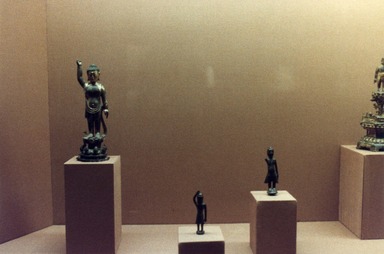
Light of Asia: Buddha Sakyamuni in Asian Art, November 1, 1984 through February 10, 1985 (Image: ASI_E1984i052.jpg Brooklyn Museum photograph, 1984)

Light of Asia: Buddha Sakyamuni in Asian Art, November 1, 1984 through February 10, 1985 (Image: ASI_E1984i053.jpg Brooklyn Museum photograph, 1984)
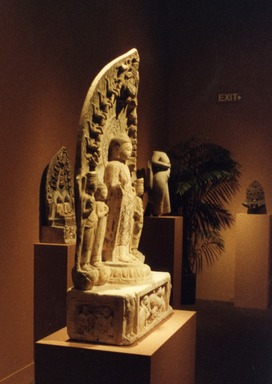
Light of Asia: Buddha Sakyamuni in Asian Art, November 1, 1984 through February 10, 1985 (Image: ASI_E1984i054.jpg Brooklyn Museum photograph, 1984)

Light of Asia: Buddha Sakyamuni in Asian Art, November 1, 1984 through February 10, 1985 (Image: ASI_E1984i055.jpg Brooklyn Museum photograph, 1984)

Light of Asia: Buddha Sakyamuni in Asian Art, November 1, 1984 through February 10, 1985 (Image: ASI_E1984i056.jpg Brooklyn Museum photograph, 1984)

Light of Asia: Buddha Sakyamuni in Asian Art, November 1, 1984 through February 10, 1985 (Image: PHO_E1984i090.jpg Brooklyn Museum photograph, 1984)

Light of Asia: Buddha Sakyamuni in Asian Art, November 1, 1984 through February 10, 1985 (Image: PHO_E1984i091.jpg Brooklyn Museum photograph, 1984)

Light of Asia: Buddha Sakyamuni in Asian Art, November 1, 1984 through February 10, 1985 (Image: PHO_E1984i092.jpg Brooklyn Museum photograph, 1984)

Light of Asia: Buddha Sakyamuni in Asian Art, November 1, 1984 through February 10, 1985 (Image: PHO_E1984i093.jpg Brooklyn Museum photograph, 1984)

Light of Asia: Buddha Sakyamuni in Asian Art, November 1, 1984 through February 10, 1985 (Image: PHO_E1984i094.jpg Brooklyn Museum photograph, 1984)
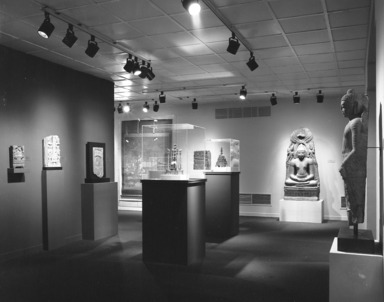
Light of Asia: Buddha Sakyamuni in Asian Art, November 1, 1984 through February 10, 1985 (Image: PHO_E1984i095.jpg Brooklyn Museum photograph, 1984)
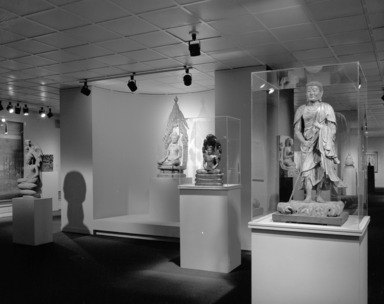
Light of Asia: Buddha Sakyamuni in Asian Art, November 1, 1984 through February 10, 1985 (Image: PHO_E1984i096.jpg Brooklyn Museum photograph, 1984)

Light of Asia: Buddha Sakyamuni in Asian Art, November 1, 1984 through February 10, 1985 (Image: PHO_E1984i097.jpg Brooklyn Museum photograph, 1984)

Light of Asia: Buddha Sakyamuni in Asian Art, November 1, 1984 through February 10, 1985 (Image: PHO_E1984i098.jpg Brooklyn Museum photograph, 1984)
Light of Asia: Buddha Sakyamuni in Asian Art
-
Bodhisattvas
Bodhisattvas are enlightened individuals who could have made the transition into Buddha-hood but instead made the selfless decision to remain closer to humankind. All Buddhists revere the Buddhas, but many feel that Bodhisattvas are more accessible: they serve as guides and role models, protect the faithful, and listen to prayers. In acknowledgment of their more worldly status, Bodhisattvas are usually dressed as princes rather than as monks.
There are numerous Bodhisattvas, but by far the most popular is the Bodhisattva of compassion, known as Avalokiteshvara or Lokeshvara in Sanskrit, Guanyin in Chinese, Gwaneum in Korean, and Kannon in Japanese. Images of Avalokiteshvara usually have a small figure of a Buddha on their crown or piled hair, and they carry a long-stemmed lotus, which is a symbol of transcendence or rising above challenges. Perhaps because of this Bodhisattva’s reputation for being gentle, nurturing, and gracefully beautiful, some cultures interpret the deity as female. -
The Life of the Historical Buddha
According to Buddhist belief, there are multiple Buddhas who have been preaching in the heavens throughout time, but on Earth the religion began when an Indian prince gained enlightenment and became the Buddha, or Awakened One. The images in this case illustrate episodes in the life of this historical Buddha, who is known as Gautama, Siddhartha, or Shakyamuni. Although Shakyamuni’s teachings make up only a small part of Buddhist scripture, his biography retains an important place in many branches of the religion. Shakyamuni’s story illustrates Buddhist concepts and serves as a model for mortals who wish to pursue enlightenment.
Born into a royal family, Prince Siddhartha did not pursue a spiritual life until adulthood, when he left the palace and gave up all earthly comforts. After lengthy searching and contemplation, he finally reached enlightenment. He began to teach followers, and he performed a number of miracles, reaching progressively larger and more illustrious audiences. He died at an advanced age, entering the blissful state of nothingness known as Nirvana, the final goal for all Buddhists.
The locations where many of these episodes took place—most of them in northeastern India—became major pilgrimage sites that are still visited by Buddhists today.
